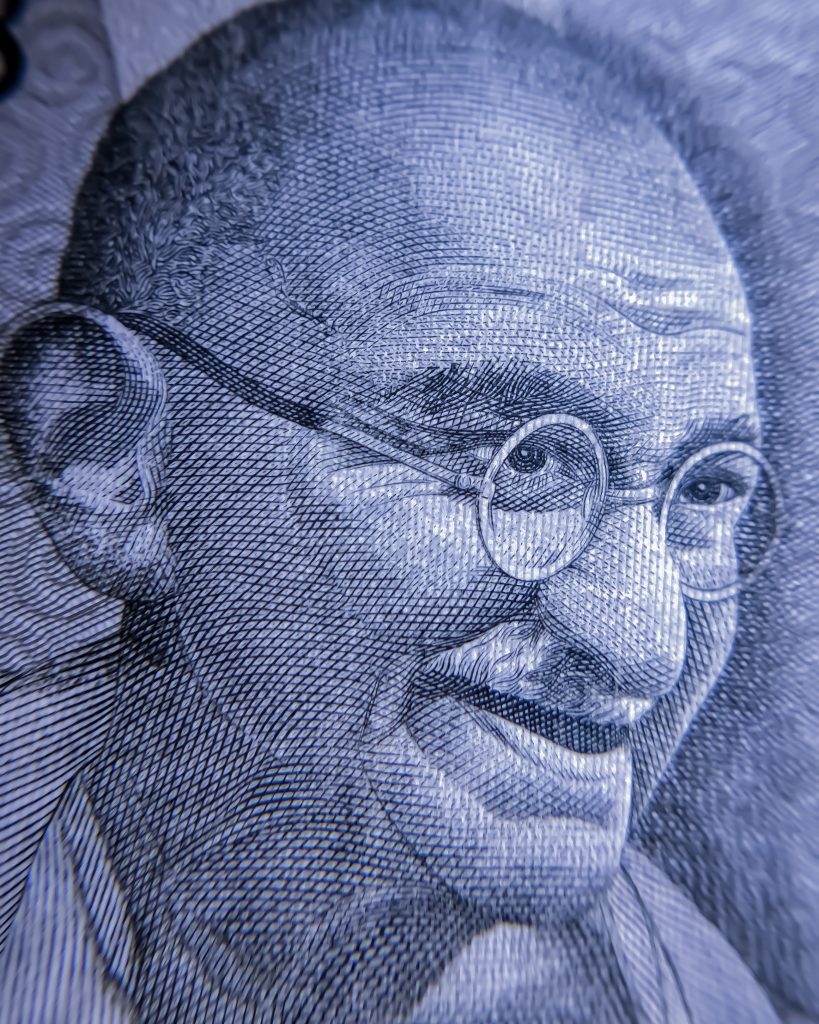The First World War, Khilafat and Non-Cooperation
In the year 1919, nationalism and the fight against colonialism became synonymous. Under the leadership of Mahatma Gandhi The Idea of Satyagraha, which he had successfully used to curb racism in South Africa in 1915, blossomed and united the nation. Over expenses from the world war led to British in India forcefully recruiting rural people in the army and a shortage of food angered the citizens to take necessary action. In 1917, there were non-violent protests in Champaran, Bihar organised by Mahatma Gandhi against the unjust plantation system and in 1918 a similar movement against cotton mill workers was held.
The Rowlatt Act (1919) passed after much reluctance, made any kind of political gathering or peaceful protests illegal. Many people were unaware of this new rule and in the unfortunate incident at Jallianwala Bagh on April 13, they flocked in huge numbers to either attend the Baisakhi Mela or to protest against this act. Notorious General Dyer, open fired at the unarmed civilians hoping to dispense fear among them.
This incident opened Gandhiji’s eyes to the reality that for a widespread movement, Hindus and Muslims need to be united. He contacted the young Muslim leaders in India to form a Khilafat Committee in March 1919. This was formed with the motive to protect the Khalifa’s temporal powers in the Ottoman Turkey that had faced defeat in the First World War at the hands of the British with the underlying aim being the support of the Indian Muslims in favour of Swaraj.
Differing Strands within the Movement
Non-cooperation movement began with Gandhiji’s book Hind Swaraj in which he suggested that British Rule is possible because of India’s cooperation with them. It was set in motion in January 1921. The Movement in the Towns involved participation of the middle class, boycott of foreign goods, supporting Indian textiles. The movement came to a halt due to multiple reasons.
Firstly, the price of Khadi being too high, the name of “Gandhi” being used in the countryside of Andhra Pradesh to provoke rebellion and the ugliest consequence was meted out to the Plantation workers of Assam. Workers were convinced that Gandhi Raj will come and they will get lands in their villages. Hence, they headed home and on the way were beaten up by the police forces.


Towards Civil Disobedience
After Gandhi withdrew the Non-cooperation movement in February 1922, tussle within the Congress Party began. C. R. Das and Motilal Nehru formed the Swaraj while young leaders like Jawaharlal Nehru and Subhas Chandra Bose wanted radical movements. The nation banded together in abolition of the oppressive Salt tax, in a letter by Gandhi. If the conditions stated wouldn’t be fulfilled by March 11, 1930, the Congress had decided to launch a Civil Disobedience Movement beginning with the historic Dandi March.
This was different from the civil disobedience movement as Gandhiji, himself explained the true meaning of “swaraj” and “satyagraha” on his 240 mile march which continued for 24 days. He urged people to not cooperate and consciously break colonial laws like prohibition of manufacturing salt by boiling sea water. The movement gained momentum and was paused after violent protests. It was stopped by the Gandhi-Irwin Pact binding Gandhiji to attend a round-table conference in London in December 1931.
The conference was a disappointment and on his return the movement continued for a year, eventually ending in 1934. The Limits of Civil Disobedience were its failure to build trust in the future welfare of the minorities of India- the Harijans and the Muslims- feared by the staunch “upper-caste” Hindu.
The Sense of Collective Belonging
A huge success of these freedom movements, however, was the flair for freedom, to choose, to think, to live in a land where the head is held high without fear. A land where individuality and community goes hand in hand and the nation is of the Indian.


Nationalism Now
The present generation is a bit confused about freedom and the responsibilities it comes with. In a nation where each of us has a different way of living which cannot be attached to a particular faith, caste, age, community, gender, etc; the youth of India needs to learn that these in fact are are unique features not points of differentiation from each other. The education of India's freedom struggle teaches us the strength of unity, the fearlessness which comes with love for all. True nationalism is rooted in a collective welfare of all.






